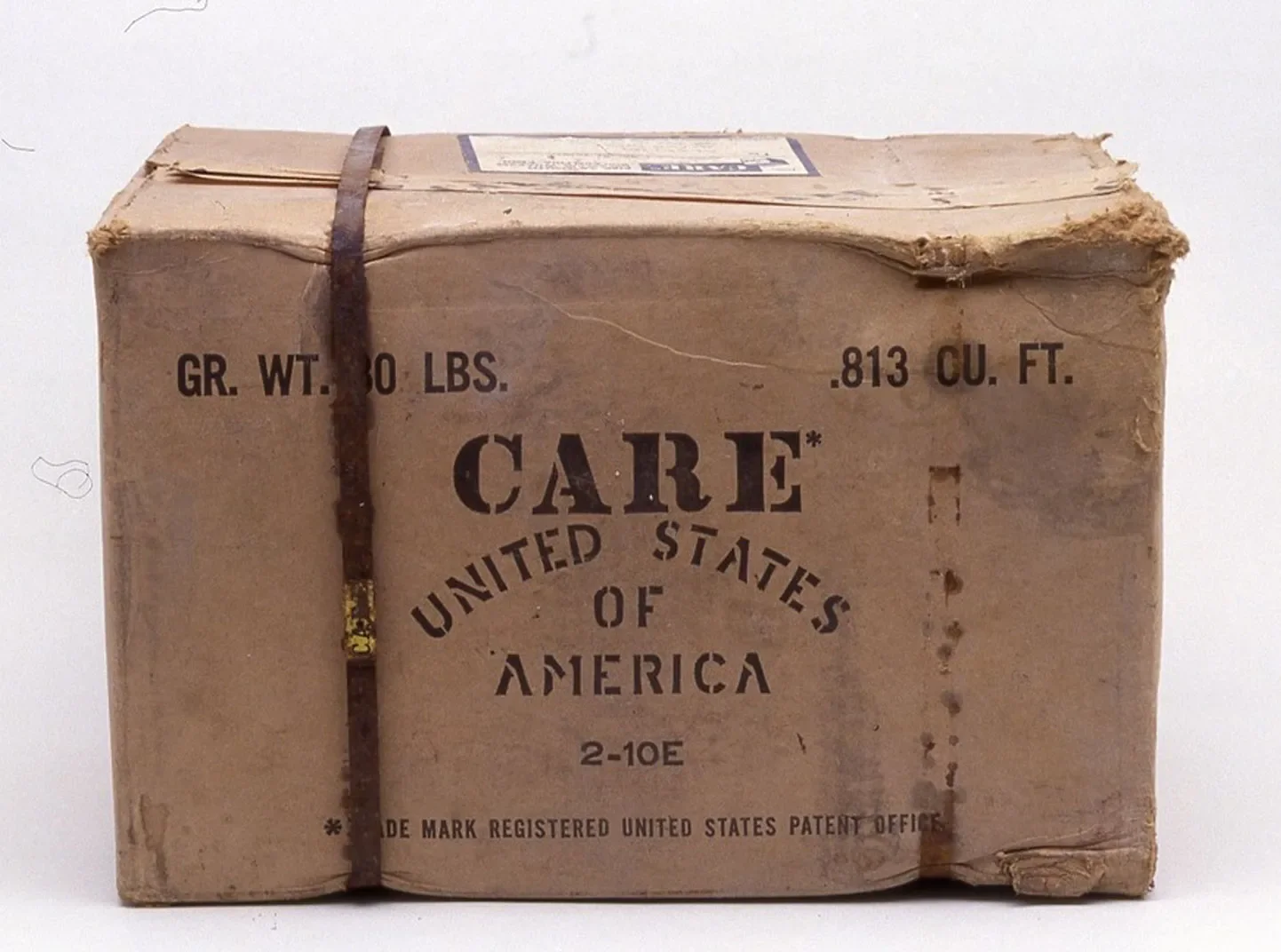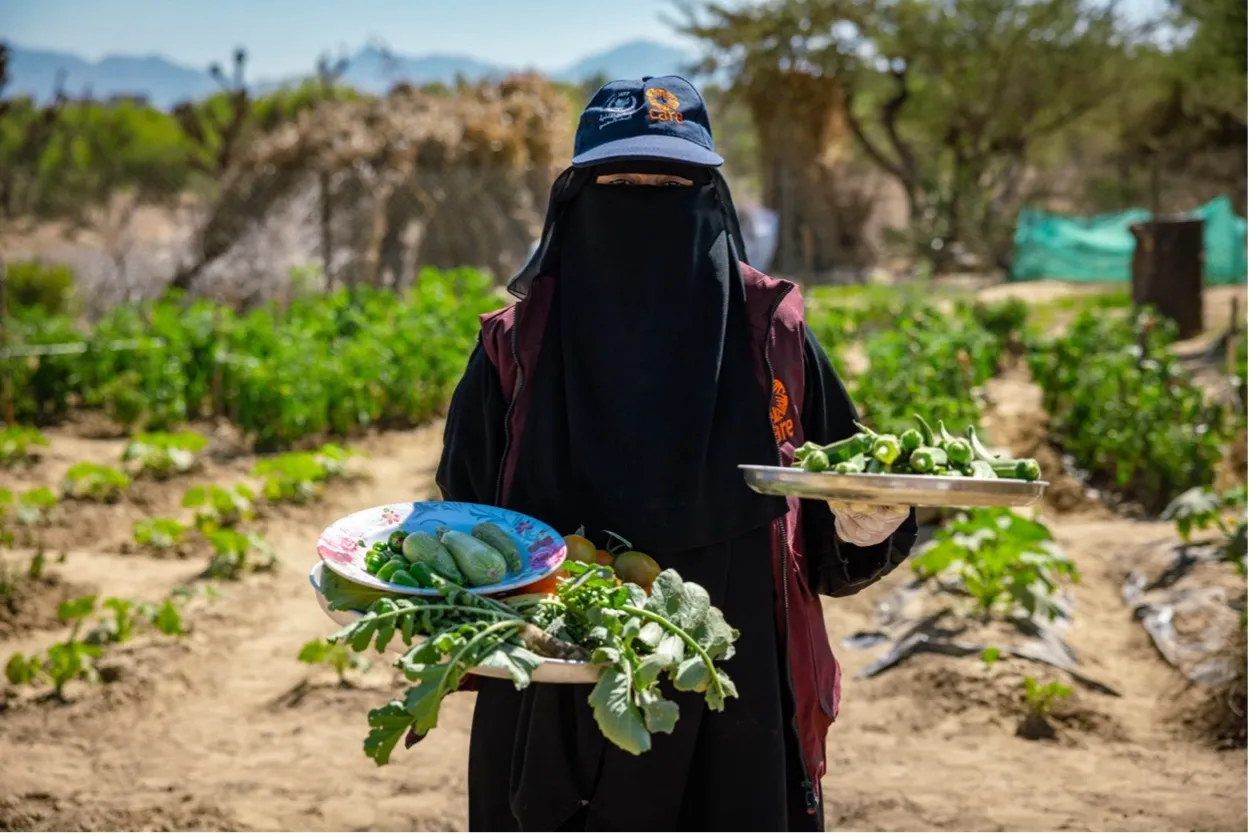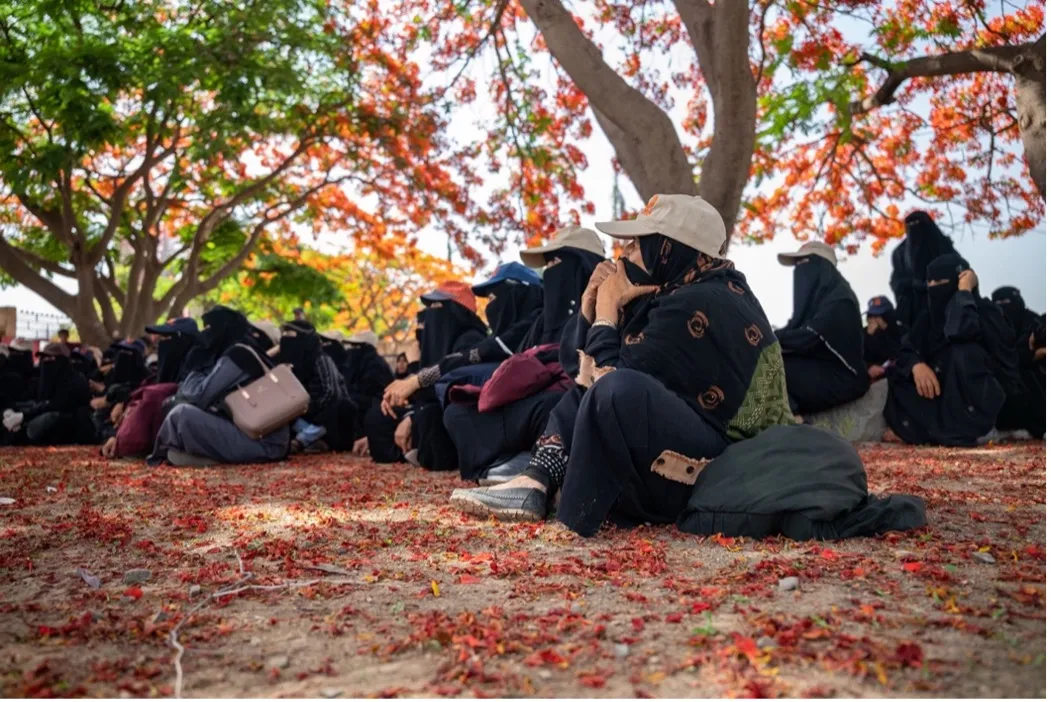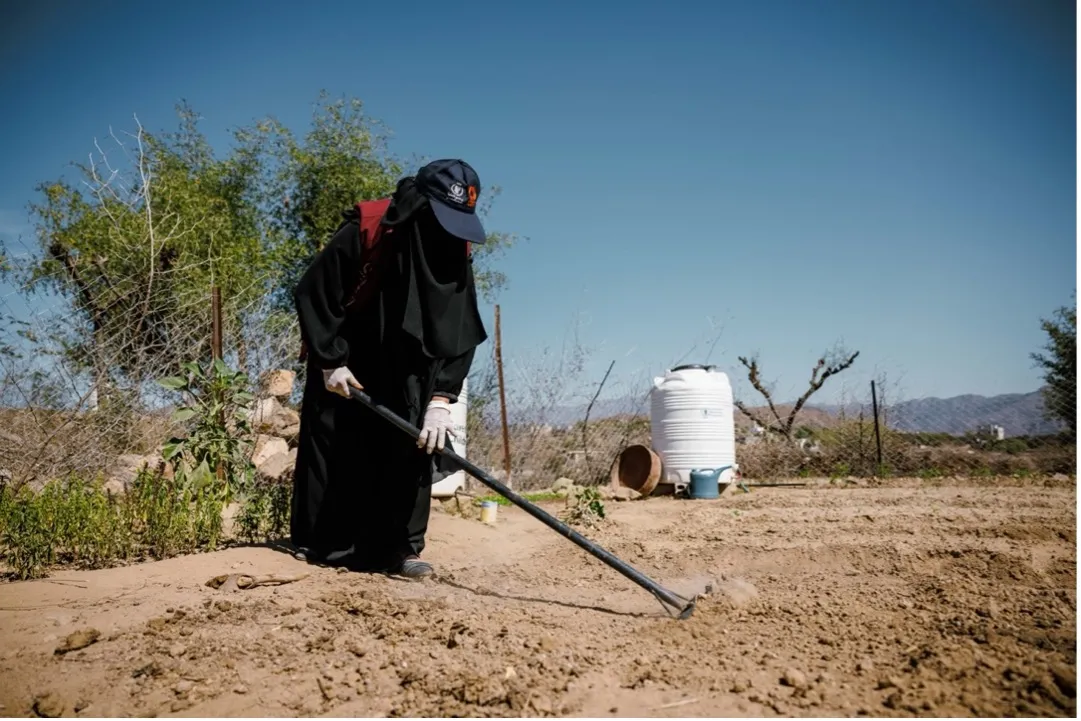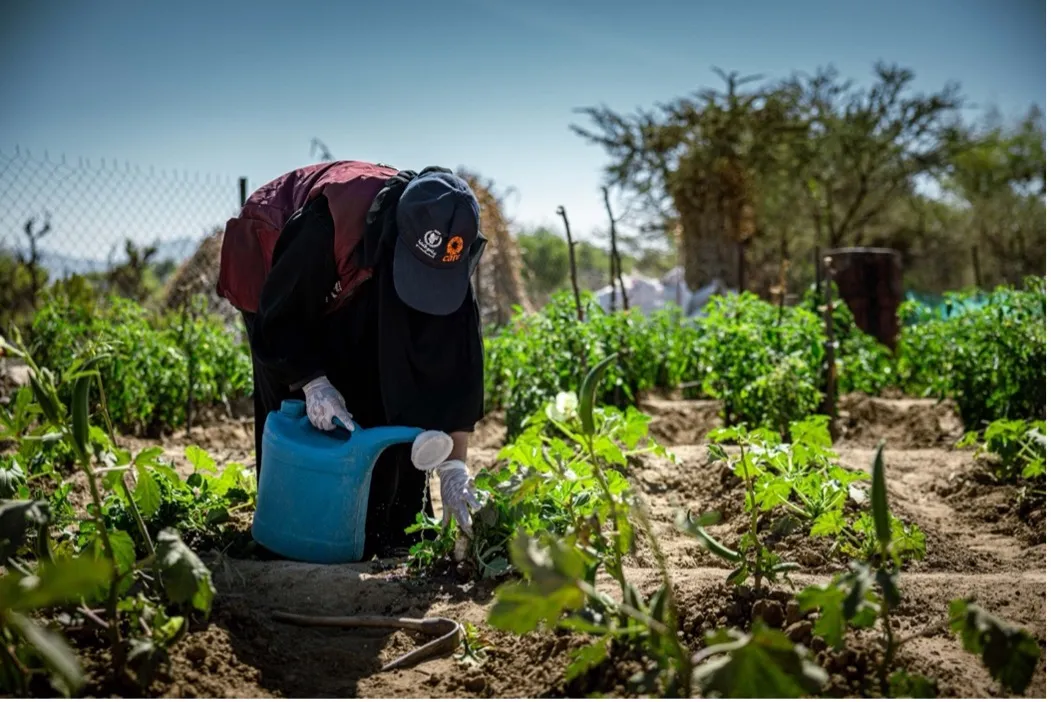Although participants faced challenges including water scarcity, high fertilizer and tool prices, and limited access to land, the project’s results have been profound. Many women not only grew vegetables for their families but also began selling their extra produce in local markets, providing fresh food for others, and earning income for themselves.
“There’s a huge difference in our living conditions now,” Bushra reports. “We can grow our own food. I’m happy because I eat what I’m growing. The extra I sell in the local market, and with the money I can buy school supplies for my children.”
In addition to improving nutrition and helping families earn more money, the project led to meaningful personal and community-wide change, especially for women.
Using a process called Outcome Harvesting, CARE collected real examples of how people’s lives were changing. 27% of results were related to women feeling more powerful — including feeling more confident, included, and respected when making decisions for their families. Another 27% of outcomes focused on economic improvements for women and their families, including improved income, reduced household spending, and stronger local markets, all thanks to the home gardens. The project also led to better farming practices, stronger relationships among neighbors, and lasting ways for communities to support one another. For example, the participants created informal groups to share seeds, advice, and support. Others used the confidence and economic skills they gained from selling vegetables to trade other goods and start new businesses.
Bushra has seen many of these changes firsthand. “Before, I did not think I could earn money or decide what to plant. Now, I feel respected because I contribute to the family,” she says. “Our neighbors come to ask how we grew our gardens. We share seeds and advice. We are closer as a community.”
